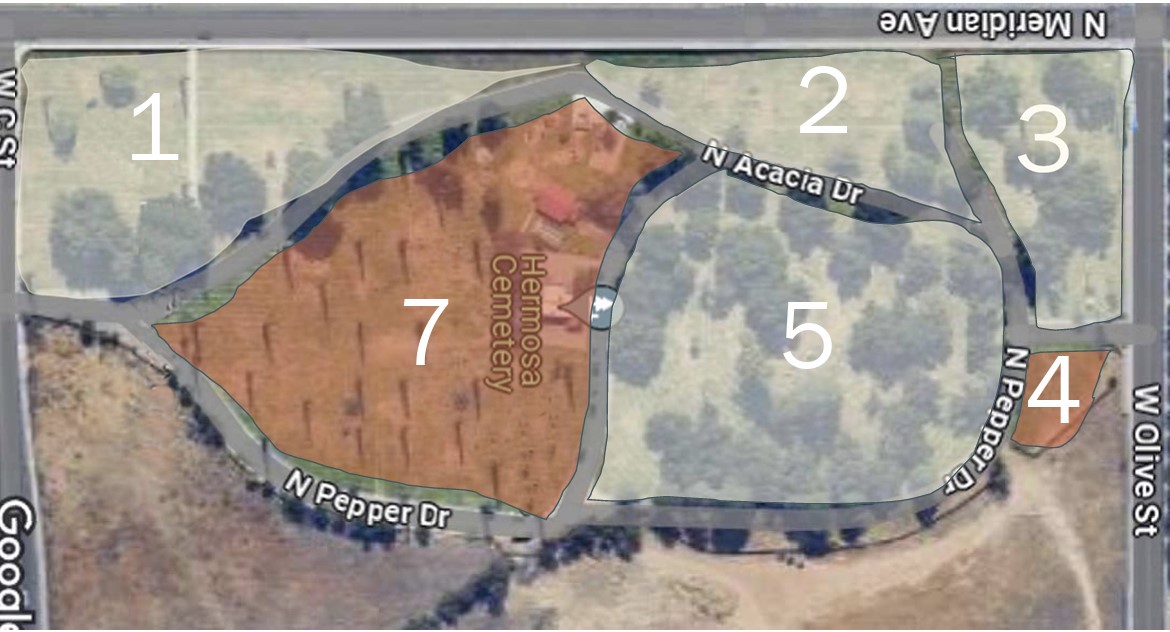Morgan Earp
Birth Name:
Morgan Seth Earp
Birth Date:
April 24, 1851
Birth Place:
Marion County, Iowa
Death Date:
March 18, 1882
Place of Death:
Campbell & Hatch Billiard Parlor, Tombstone, Arizona
Age:
30
Cause of Death:
Murdered
Cemetery Name:
Hermosa Gardens Cemetery
Claim to Fame:
Historical Figure
Associates:
As a sheriff and lawman, Morgan Earp is perhaps best known for his involvement in the notorious Gunfight at the O.K. Corral in Tombstone, Arizona. Sadly he was ambushed and gun down several months later by the Cochise County Cowboys in retaliation. As a sheriff and lawman, Morgan Earp served as Tombstone, Arizona's Special Policeman when he helped his brothers Virgil and Wyatt, as well as Doc Holliday, confront the outlaw Cochise County Cowboys in the infamous Gunfight at the O.K. Corral on October 26, 1881. All three Earp brothers had been the target of repeated death threats made by the Cowboys who were upset by the Earps' interference in their illegal activities. The lawmen killed Cowboys Tom and Frank McLaury and Billy Clanton. All four lawmen were charged with murder by Billy's older brother, Ike Clanton, who had run from the gunfight. During a month-long preliminary hearing, Judge Wells Spicer exonerated the men, concluding they had been performing their duty.
.
Friends of the slain outlaws retaliated, and on December 29, Cowboys ambushed Virgil, leaving him maimed. Two and a half months later, on March 18, 1882, they ambushed Morgan, shooting him at night through the window of a door at Campbell & Hatch Billiard Parlor while he was playing billiards and killed him. The Cowboys suspected in both shootings were let off on technicalities or lack of evidence. Wyatt Earp felt he could not rely on the criminal justice system and decided to take matters into his own hands. He concluded the only way to get justice for his murdered brother was to avenge his death. Wyatt assembled a posse that included their brother Warren Earp and set out on a vendetta to kill those they felt were responsible.
Cemetery Information:
Final Resting Place:
Hermosa Gardens Cemetery
900 North Meridian Avenue
Colton, California, 92324
USA
North America
Map:

Map of Hermosa Gardens Cemetery in Colton, California
Grave Location:
Section 1, Earp Family PlotGrave Location Description
Drive towards the south end of the cemetery and park 50 feet after North Laurel Drive meets North Pepper Drive (about 15 spaces from the wall). Walk 24 gravesites up the small hill towards the hospital in the background. His small upright monument is right in front of a large evergreen tree and is only one of a few monuments that are upright.
Grave Location GPS
34.0746043430, -117.3480663317Visiting The Grave:
Photos:
[+]
[+]
[+]
[+]
[+]
[+]
[+]
[+]
[+]
[+]
[+]
[+]
[+]
[+]
[+]
[+]
FAQ's
Morgan Earp was born on April 24, 1851.
Morgan Earp was born in Marion County, Iowa.
Morgan Earp died on March 18, 1882.
Morgan Earp died in Campbell & Hatch Billiard Parlor, Tombstone, Arizona.
Morgan Earp was 30.
The cause of death was Murdered.
Morgan Earp's grave is in Hermosa Gardens Cemetery
Read More About Morgan Earp:
Videos Featuring Morgan Earp:
See More:
Back to Top


